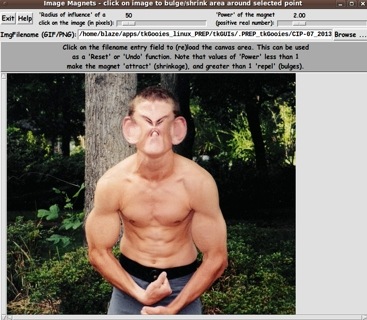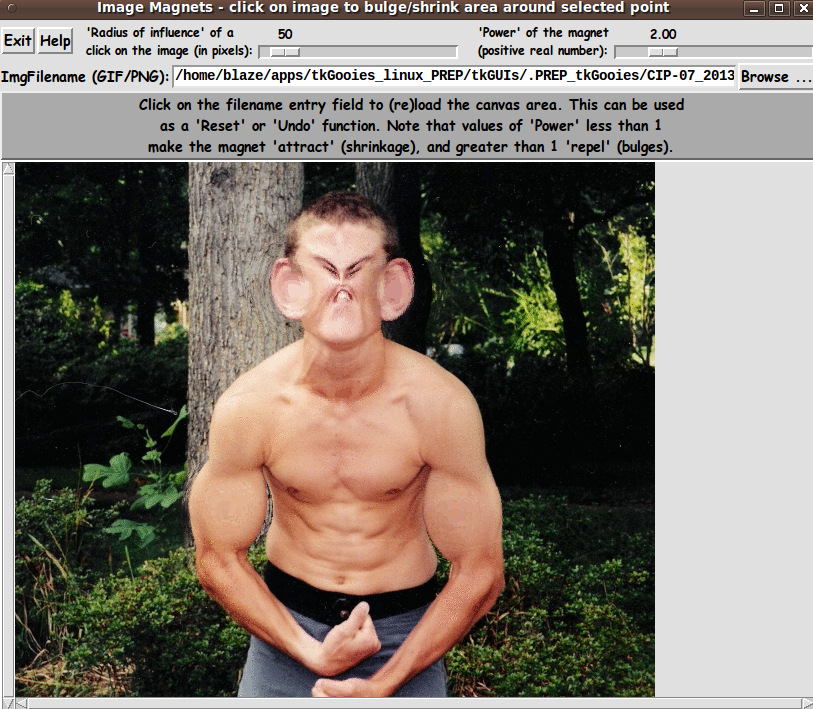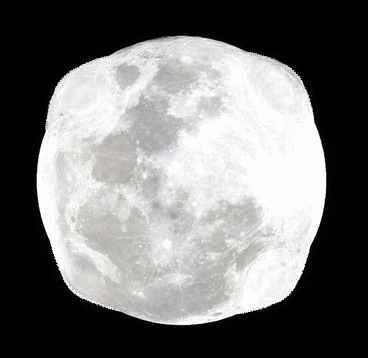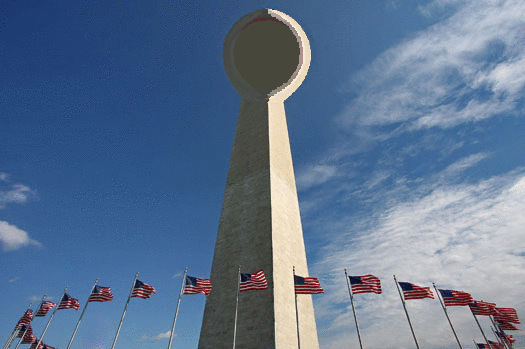|
This Tk coding structure is discussed in more detail on the page
A Canonical Structure for Tk Code --- and variations.
This structure makes it easy for me to find code sections --- while
generating and testing a Tk script, and when looking for code snippets
to include in other scripts (code re-use).
I call your attention to step-zero.
One new thing that I have started doing recently is using a text-array
for text in labels, buttons, and other widgets in the GUI.
This can make it easier for people to internationalize my scripts.
I will be using a text-array like this in most of my scripts in the future.
Experimenting with the GUI
As in all my scripts that use the 'pack' geometry manager (which is all
of my 100-plus scripts, so far), I provide the four main pack parameters
--- '-side', '-anchor', '-fill', '-expand' --- on all of the 'pack'
commands for the frames and widgets.
That helps me when I am initially testing the behavior of a GUI
(the various widgets within it) as I resize the main window.
I think that I have used a nice choice of the 'pack' parameters.
The labels and buttons and scales stay fixed in size and relative-location
as the window is re-sized --- while the 'canvas' expands/contracts to
accomodate the image size.
You can experiment with the '-side', '-anchor', '-fill',
and '-expand' parameters on the 'pack' commands for the various
frames and widgets --- to get the widget behavior that you want.
---
In addition, you might want to change the fonts used for the
various GUI widgets. For example, you could change '-weight'
from 'bold' to 'normal' --- or '-slant' from 'roman' to 'italic'.
Or change font families.
In fact, you may NEED to change the font families, because
the families I used may not be available on your computer ---
and the default font that the 'wish' interpreter chooses may not
be very pleasing.
I use variables to set geometry parameters of widgets ---
parameters such as border-widths and padding. And I have included
the '-relief' parameter on the definitions of frames and widgets.
Feel free to experiment with those 'appearance' parameters as well.
Some features in the code
That said, here's the code --- with plenty of comments to describe
what most of the code-sections are doing.
You can look at the top of the PROCS section of the code to see a
list of the procs used in this script, along with brief descriptions
of how they are called and what they do.
The main proc is the 'apply_magnet' proc. I have provided many
comments (at the top of the script and in that proc) that describe
the mathematics (and geometry) that is being used to perform the
attract and repel magnet functions.
Comments in the Code
It is my hope that the copious comments in the code will help Tcl-Tk
coding 'newbies' get started in making GUI's like this.
Without the comments, potential young Tcler's might be tempted to
return to their iPhones and iPads and iPods --- to watch videos of
people jumping/falling/flipping and landing so hard that their foot
is now positioned at a very strange angle relative to their leg.
The CODE
Here is a link to CODE for the script
'imageMagnets.tk'.
A FEW MORE EXAMPLES
|




